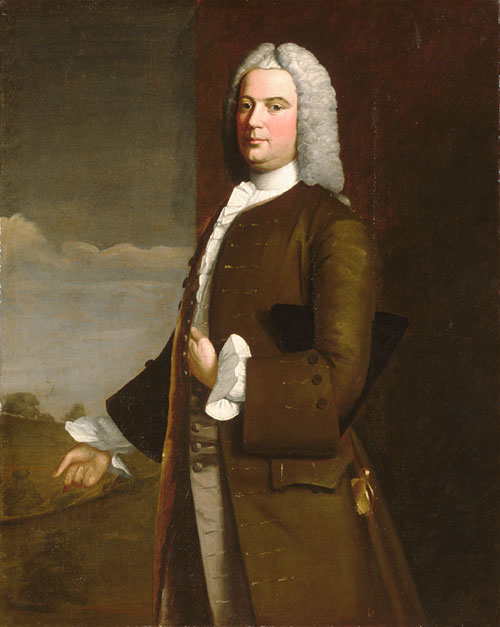Robert Feke (1707-1752)
Get a Feke Certificate of Authenticity for your painting (COA) for your Feke drawing.
For all your Feke artworks you need a Certificate of Authenticity (COA) in order to sell, to insure or to donate for a tax deduction.
Getting a Feke Certificate of Authenticity (COA) is easy. Just send us photos and dimensions and tell us what you know about the origin or history of your Feke painting or drawing.
If you want to sell your Feke painting or drawing use our selling services. We offer Feke selling help, selling advice, private treaty sales and full brokerage.
We have been authenticating Feke and issuing certificates of authenticity since 2002. We are recognized Feke experts and Feke certified appraisers. We issue COAs and appraisals for all Feke artworks.
Our Feke paintings and drawings authentications are accepted and respected worldwide.
Each COA is backed by in-depth research and analysis authentication reports.
The Feke certificates of authenticity we issue are based on solid, reliable and fully referenced art investigations, authentication research, analytical work and forensic studies.
We are available to examine your Feke painting or drawing anywhere in the world.
You will generally receive your certificates of authenticity and authentication report within two weeks. Some complicated cases with difficult to research Feke paintings or drawings take longer.
Our clients include Feke collectors, investors, tax authorities, insurance adjusters, appraisers, valuers, auctioneers, Federal agencies and many law firms.
We perform Robert Feke art authentication, appraisal, certificates of authenticity (COA), analysis, research, scientific tests, full art authentications. We will help you sell your Robert Feke or we will sell it for you.
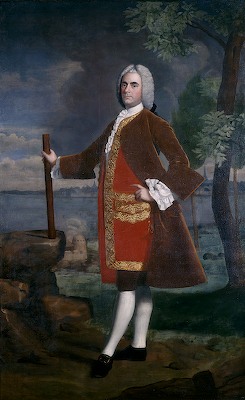
Robert Feke was one of the earliest American portrait painters, who left behind 50 known portraits and could possibly be credited with many more. He was active between 1741 and 1751, and traveled all over New England to paint important and wealthy Colonial American families. Feke is considered by some art historians to be “the first American-born painter of note.”
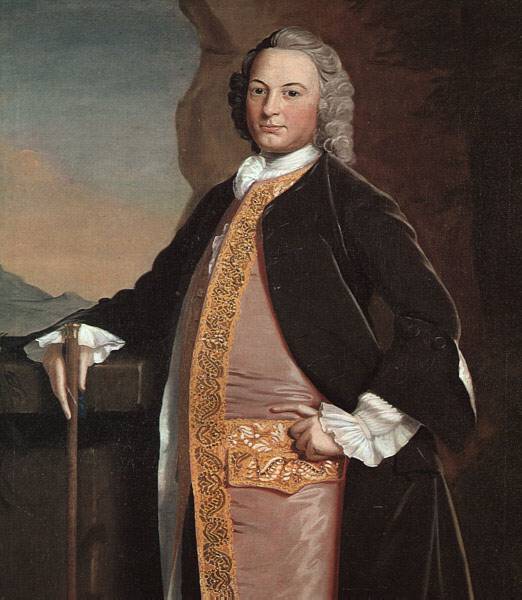
Feke was born in Long Island, New York, and essentially taught himself to paint in the rococo style. It is said that as a young man, he was taken prisoner and sent to Spain, and while in prison, he bided his time by drawing. It is said that the sale of these drawings helped Feke to fund his passage home. The whereabouts of these drawings today are unknown, and could be virtually anywhere from Europe to the United States. However, the details of Feke’s life before he began actively painting in 1741 are sketchy, making it possible that his tale of being in a Spanish prison is more myth than fact.
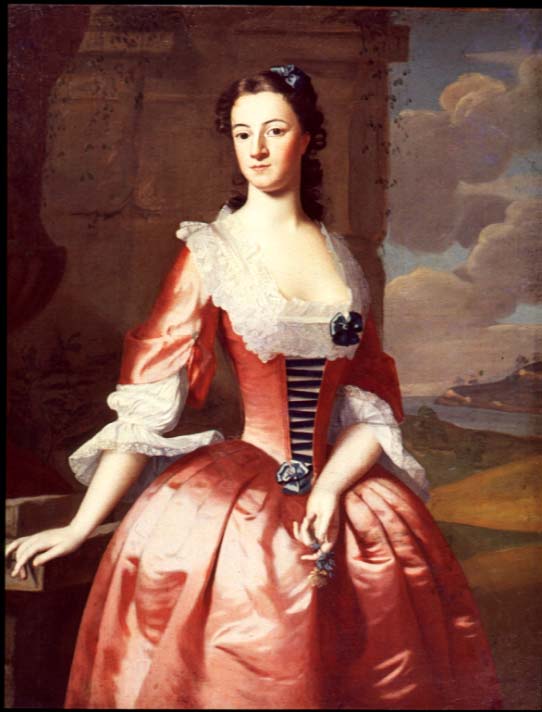
Once Feke presumably returned to America, he settled in Newport, Rhode Island. He was influenced by fellow American painter John Smibert, and adopted a very personal style of portrait painting. Feke became known for the elegance and charm he brought to his sitters, and was commissioned to create portraits in Rhode Island, Boston, Philadelphia and New York. Feke even painted the portrait of future great American Benjamin Franklin.
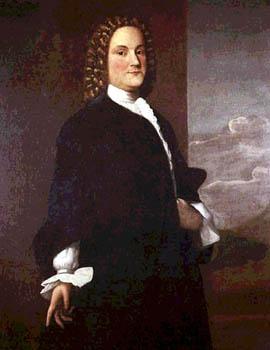
One of Feke’s most famous paintings was “The Isaac Royall Family” painted in 1741, and now housed at Harvard College.
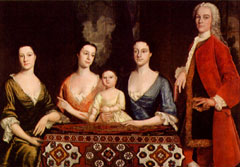
Some accounts have claimed that there are perhaps only a dozen or more paintings that are genuinely by Feke, and that there are upwards of 60 portraits merely attributed to him. It is also said that a painting previously thought to have been by Feke’s idol, John Smibert, was in fact painted by Feke. While the two did paint in a similar fashion, Feke was known for his great skill at painting textured fabrics in his portraits, and would be a sure sign to art historians if they were trying to distinguish Smibert from Feke. Feke’s paintings are also very formulaic in nature, and have beautiful depth of color.
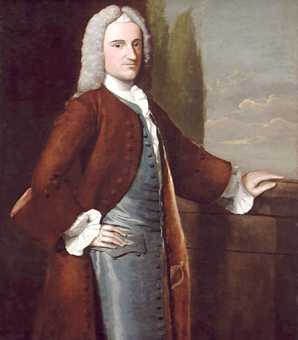
It is said that Feke disappeared at sea, as he was also a notable mariner, likely often traveling between America and Europe. Some speculate that he died in either Barbados or Bermuda, but again, mystery surrounds one of America’s first painters, even in death.
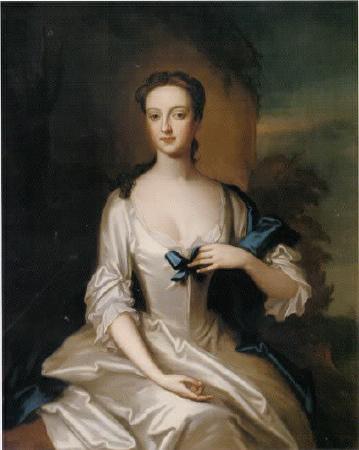
Today his paintings are housed all over New England in college libraries and other public buildings, and perhaps in your own home. Some of Feke’s work is even housed in Bermuda, and could also possibly be in Europe, unknown and otherwise unauthenticated. Still wondering about that portrait hanging in your family’s estate? Contact us…it could be by Robert Feke.
